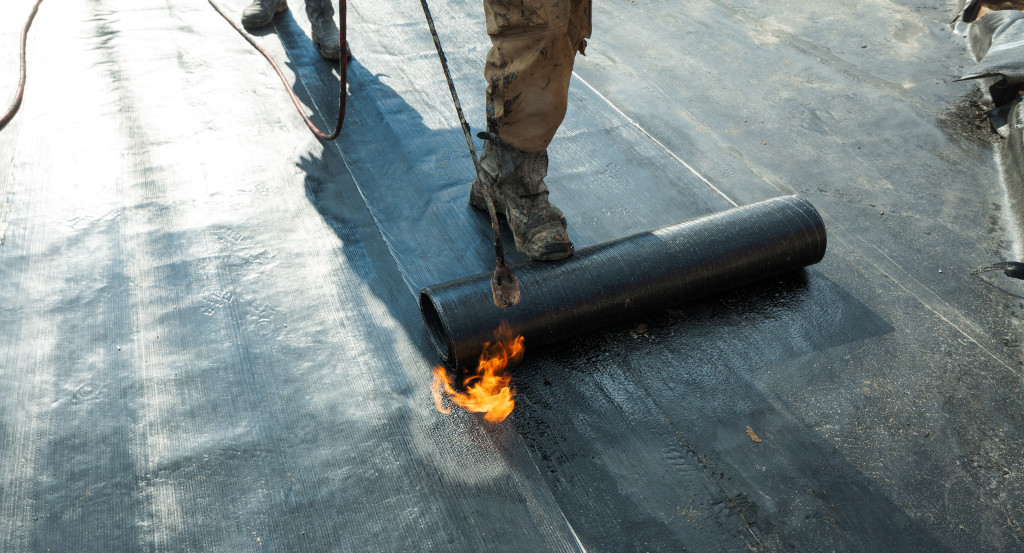
Roofing is a crucial aspect of any building, providing protection from the elements and ensuring structural integrity. Among the various roofing options available, torch down roofing has gained popularity due to its durability and waterproofing properties. However, beneath its seemingly advantageous features lie significant downsides that warrant careful consideration.
While torch down roofing is lauded for its durability, it is not impervious to wear and tear. Over time, exposure to harsh weather conditions, UV radiation, and foot traffic can degrade the roofing material, leading to cracks, leaks, and ultimately, structural damage. The seams in torch down roofing are particularly susceptible to failure, allowing water infiltration and compromising the roof’s integrity. Despite claims of longevity, improper installation and maintenance can exacerbate these issues, rendering torch down roofing less reliable than anticipated.
One of the most significant drawbacks of torch down roofing is its inherent fire risk during installation. The application process involves heating asphalt or bitumen to melting point using an open flame torch, making it highly flammable. Accidental fires can occur if proper safety measures are not implemented or if the roofing material comes into contact with combustible substances nearby. Additionally, inexperienced or negligent roofers may inadvertently cause fires, endangering lives and property. The potential for fire damage poses a serious concern for both homeowners and contractors alike, necessitating caution and vigilance during installation.
Torch down roofing materials typically consist of petroleum-based products, contributing to environmental degradation and carbon emissions. The extraction, processing, and transportation of these materials incur significant energy consumption and greenhouse gas emissions, exacerbating climate change and pollution. Furthermore, the disposal of old torch down roofing materials presents environmental challenges, as they often end up in landfills, where they may leach harmful chemicals into the soil and water. As society increasingly prioritizes sustainability and eco-friendliness, the environmental impact of torch down roofing cannot be overlooked.
The application of torch down roofing involves exposure to toxic fumes and chemicals, posing health risks to both installers and occupants of the building. The heating process releases volatile organic compounds (VOCs), including benzene and toluene, which can cause respiratory irritation, headaches, and long-term health complications with prolonged exposure. Additionally, the presence of asbestos in older torch down roofing materials poses a grave health hazard, as inhalation of asbestos fibers can lead to severe respiratory diseases such as mesothelioma. Proper safety precautions and protective gear are essential to mitigate these health risks, but they do not eliminate the underlying dangers associated with torch down roofing.
While torch down roofing offers certain advantages such as durability and waterproofing, its drawbacks are significant and cannot be ignored. From durability concerns and fire hazards to environmental impact and health risks, the pitfalls of torch down roofing underscore the need for careful evaluation and consideration. Alternative roofing options that mitigate these concerns, such as EPDM or TPO membranes, warrant exploration to ensure the long-term safety, sustainability, and well-being of buildings and their occupants. In navigating the complexities of roofing choices, informed decision-making and prioritization of safety and environmental responsibility are paramount.
